14th-century Ashkenazi Jews had more genetic diversity than their descendants do today
A rare look at ancient DNA from the teeth of medieval Ashkenazi Jews reveals that this group had more genetic diversity 800 years ago than it does today.
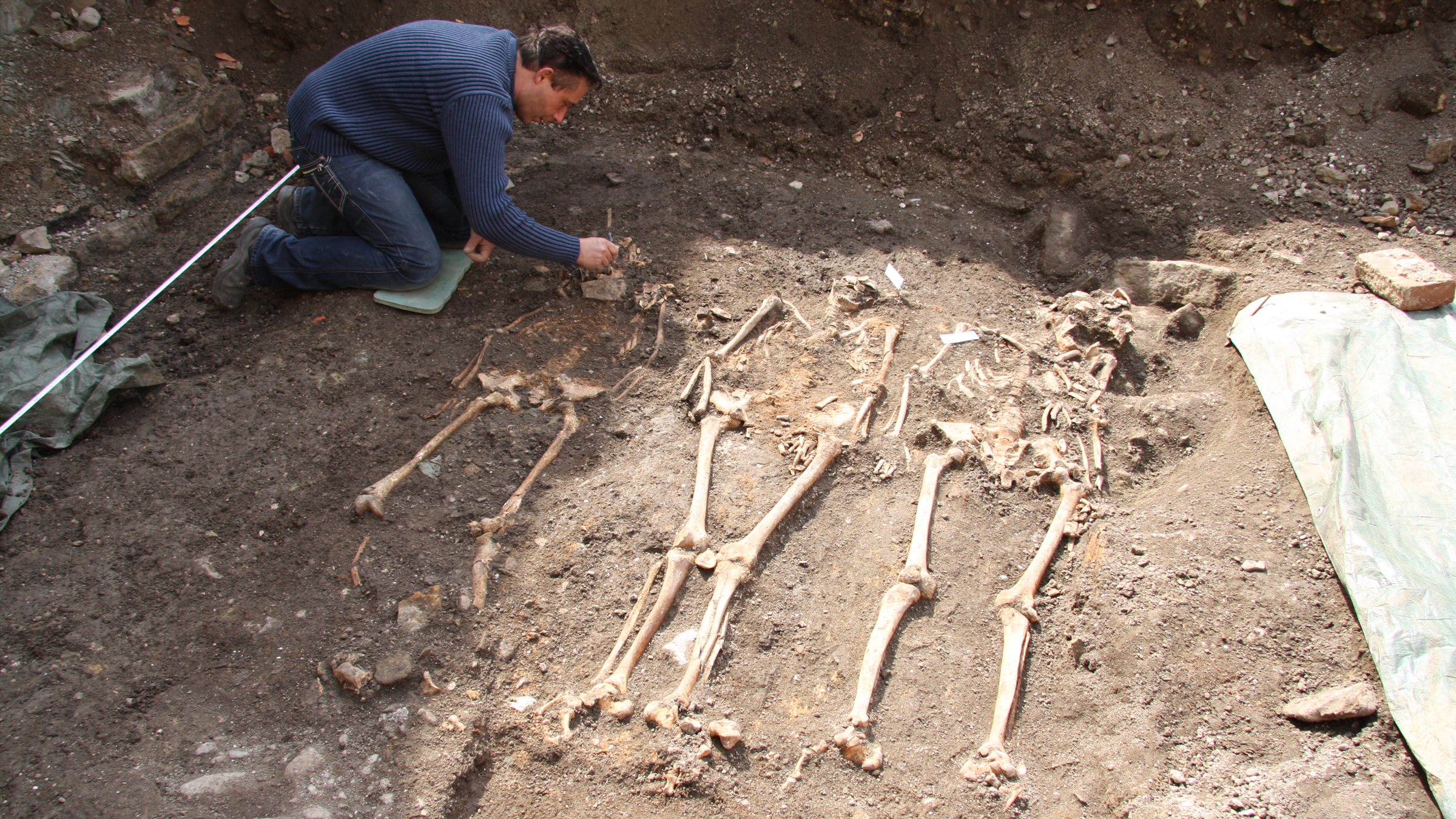
A rare look at the genetics of Ashkenazi Jews who lived in medieval Germany reveals this group had more genetic diversity 600 years ago than today, and reaffirms a recent finding that a "genetic bottleneck" in the Ashkenazi population occurred before the Middle Ages.
Religious laws usually prohibit any such research into the Jewish dead, but scientists worked with the region's modern Jewish community to find a workaround: They studied the centuries-old DNA in detached teeth unearthed in the burials recovered from excavations in Erfurt, a town in central Germany, according to a study published Nov. 30 in the journal Cell.
Teeth do not have the same religious significance as the other human remains, which means they can be scientifically studied. "The teeth have less importance," Shai Carmi, a population geneticist at the Hebrew University of Jerusalem, told Live Science. "The rest of a body needs to be reburied and cannot be destroyed; but based on Jewish law, the teeth do not need to be reburied — they are considered external to the body."
So far, the workaround applies only to the German state of Thuringia, but Carmi is hopeful that the team's solution will set a precedent for genetic studies of ancient Jewish populations elsewhere.
Related: Why are teeth not considered bones?
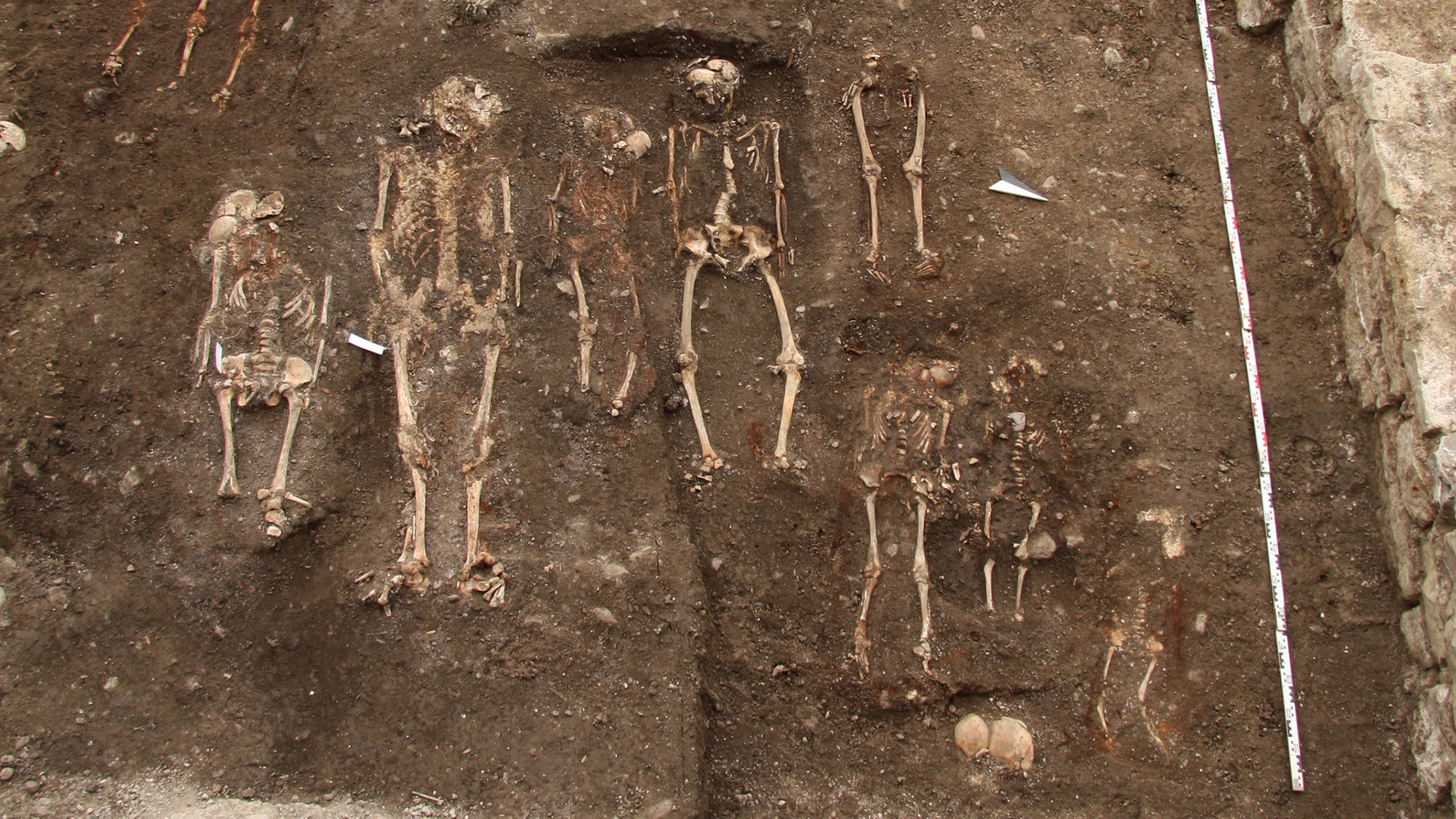
Medieval Jewry
The Jewish cemetery at Erfurt served its medieval population from the late 11th century until 1454, when Jews were expelled from the city. Erfurt had been home to a thriving Jewish community until that time, although a brutal massacre in 1349 killed more than 100 Jews in the city, possibly because they were incorrectly accused of being responsible for the Black Death.
After the 1454 expulsion, a barn and a granary were built on the site of the Jewish cemetery. Centuries later, in 2013, archaeologists unearthed 47 Jewish graves during an archaeological excavation ahead of the site's redevelopment into a multistory parking garage, Carmi said. In 2021, the remains of these individuals were reburied in a 19th-century cemetery used by the local Jewish community, according to the study.
Sign up for the Live Science daily newsletter now
Get the world’s most fascinating discoveries delivered straight to your inbox.
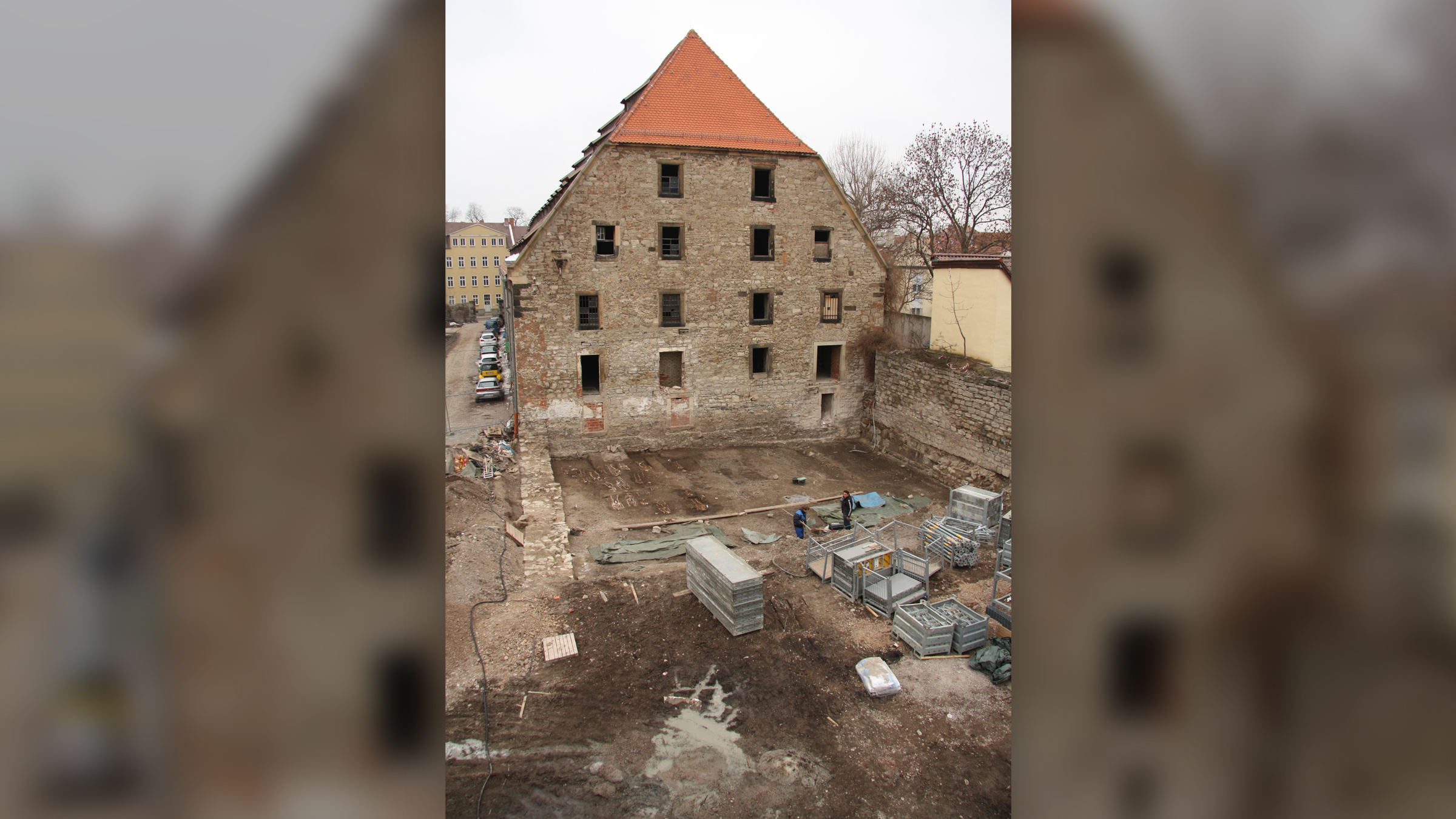
Before the reburial, the researchers obtained ancient DNA from the teeth of 33 people interred in the graves, and the study shows these individuals had very similar genetic makeups to modern Ashkenazi Jews living in Europe and the United States.
Scientists think the ancestors of Ashkenazi Jews migrated in the early medieval period from what's now Italy to the Rhineland in what's now Germany, and that large populations migrated from there to Eastern Europe, possibly in response to religious persecution by Christians after the 12th century.
About half of modern Jews identify as Ashkenazi Jews; others are descended from other populations, including Sephardic Jews from what are now Portugal and Spain.
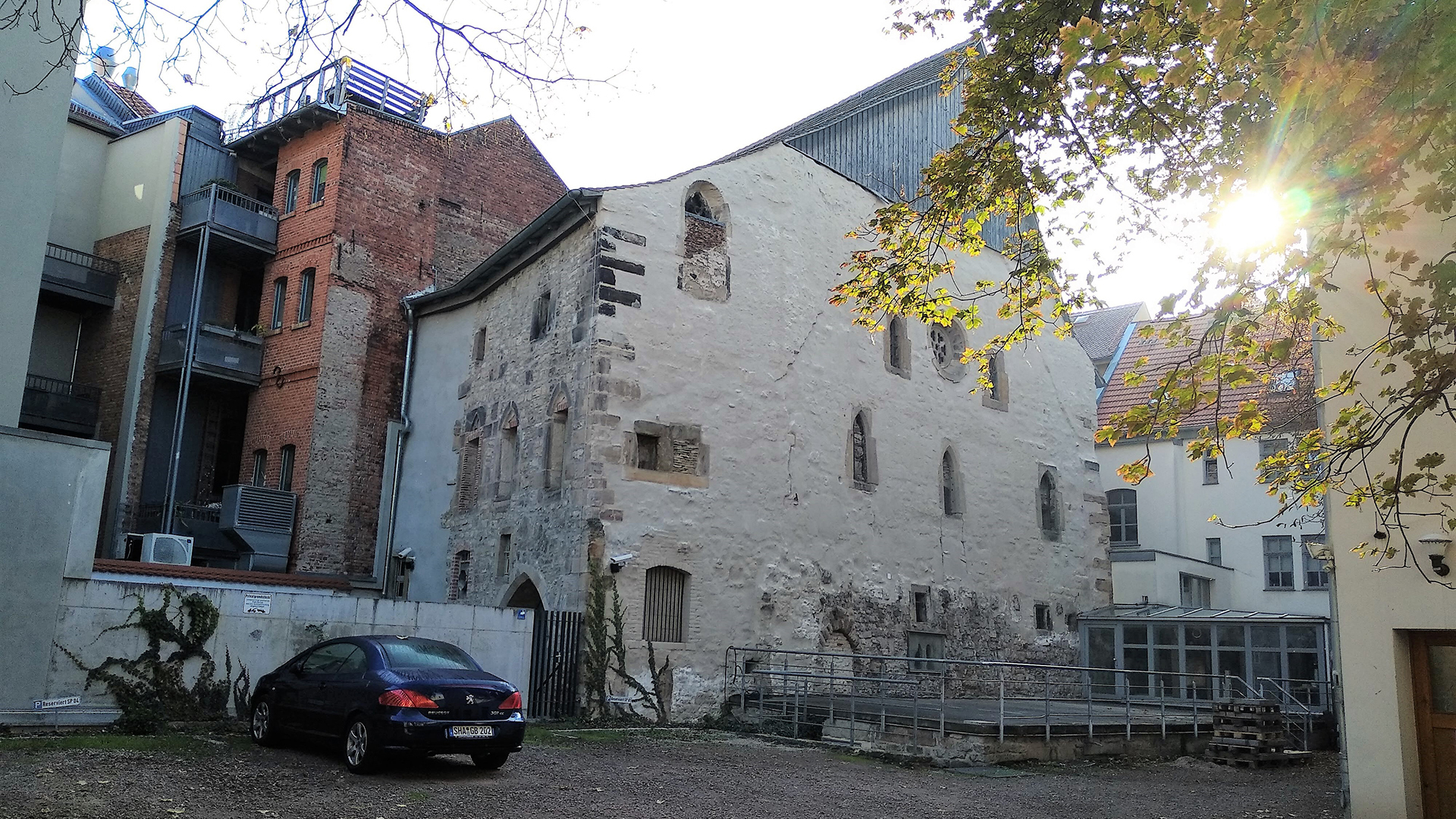
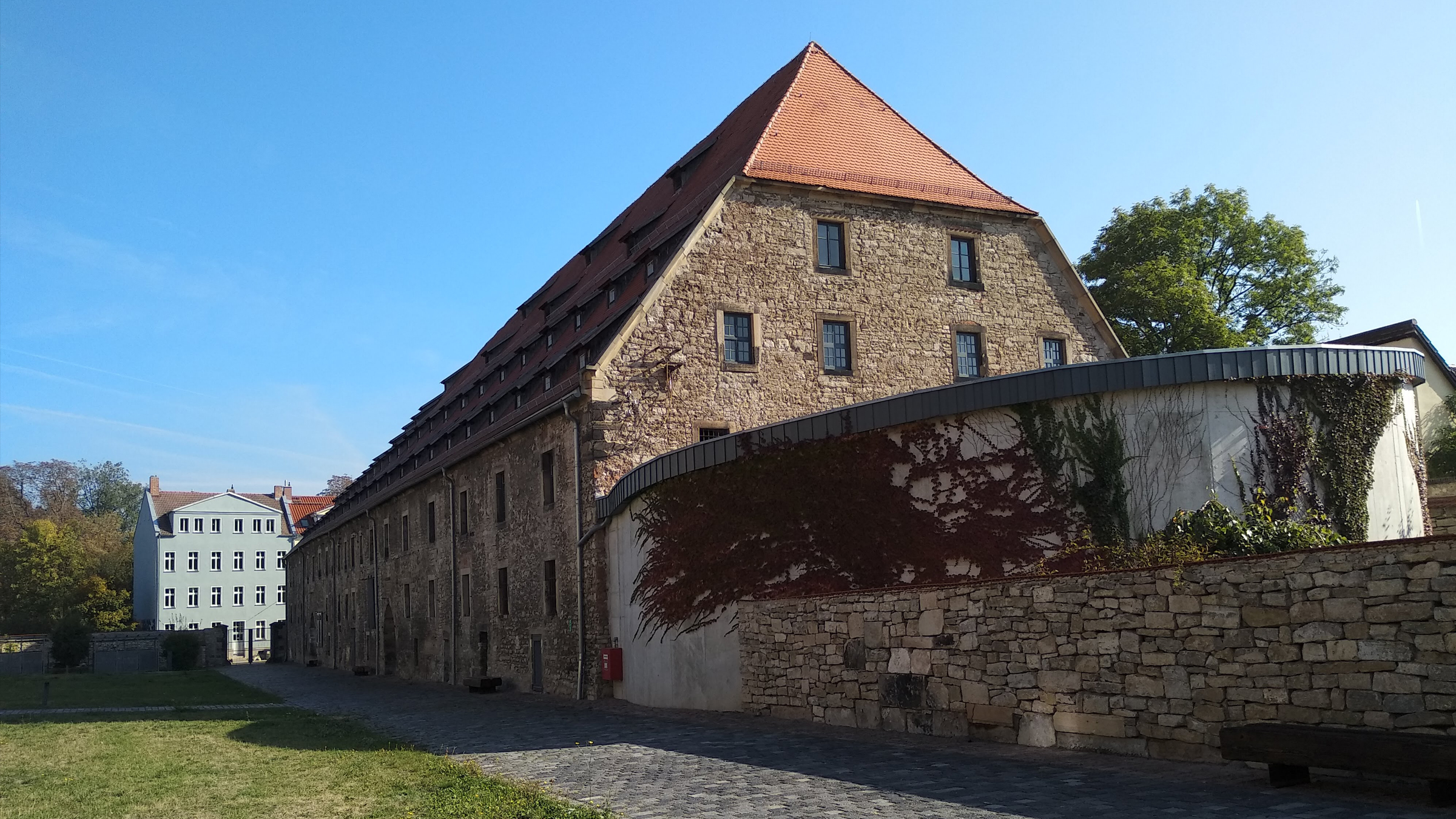
Genetic bottleneck
The researchers found evidence that Jews in medieval Erfurt had greater genetic diversity than modern Ashkenazi Jews, and they saw signs that a characteristic "genetic bottleneck" in Ashkenazi Jews occurred centuries earlier than previously thought, in about A.D. 1000, when the first Ashkenazi Jewish communities were established in the Rhineland.
That genetic bottleneck — the result of a drastically reduced ancestral population — has led to a higher incidence of certain genetic disorders among modern Ashkenazi Jews, such as Tay-Sachs disease and some hereditary cancers; and the new study shows those disorders were already present in this population by the early 15th century, Carmi said.
An analysis of the mitochondrial DNA — genetic material passed down through mothers — revealed that a third of the analyzed Erfurt individuals shared a specific sequence, which indicated they were descended from a single woman through their maternal line, the researchers added.
The research from the Erfurt remains reinforces the findings from a study earlier this year of medieval Jewish remains found in a well in Norwich, England, that likely contained the victims of an antisemitic attack.
"This paper really shows off how archaeogenetics and archaeology can give us new and otherwise unobtainable insight into periods covered by written histories," Tom Booth, a bioarchaeologist at The Francis Crick Institute in London, told Live Science in an email. Booth was not involved in the latest research, but he was a co-researcher of the Norwich study.
Selina Brace, a specialist in ancient DNA at the National History Museum in London — who was the lead author of the Norwich research but wasn't involved with the Erfurt study — added that it was "positive" that it drew the same conclusions as the Norwich study, including that the genetic bottleneck probably occurred about 1,000 years ago, when the first Ashkenazi Jewish communities were established.
Tom Metcalfe is a freelance journalist and regular Live Science contributor who is based in London in the United Kingdom. Tom writes mainly about science, space, archaeology, the Earth and the oceans. He has also written for the BBC, NBC News, National Geographic, Scientific American, Air & Space, and many others.










